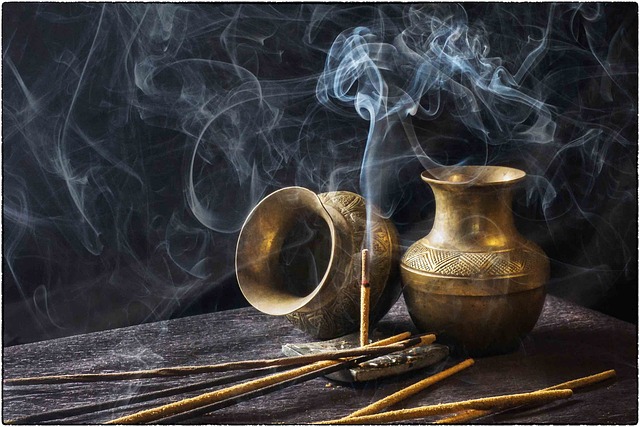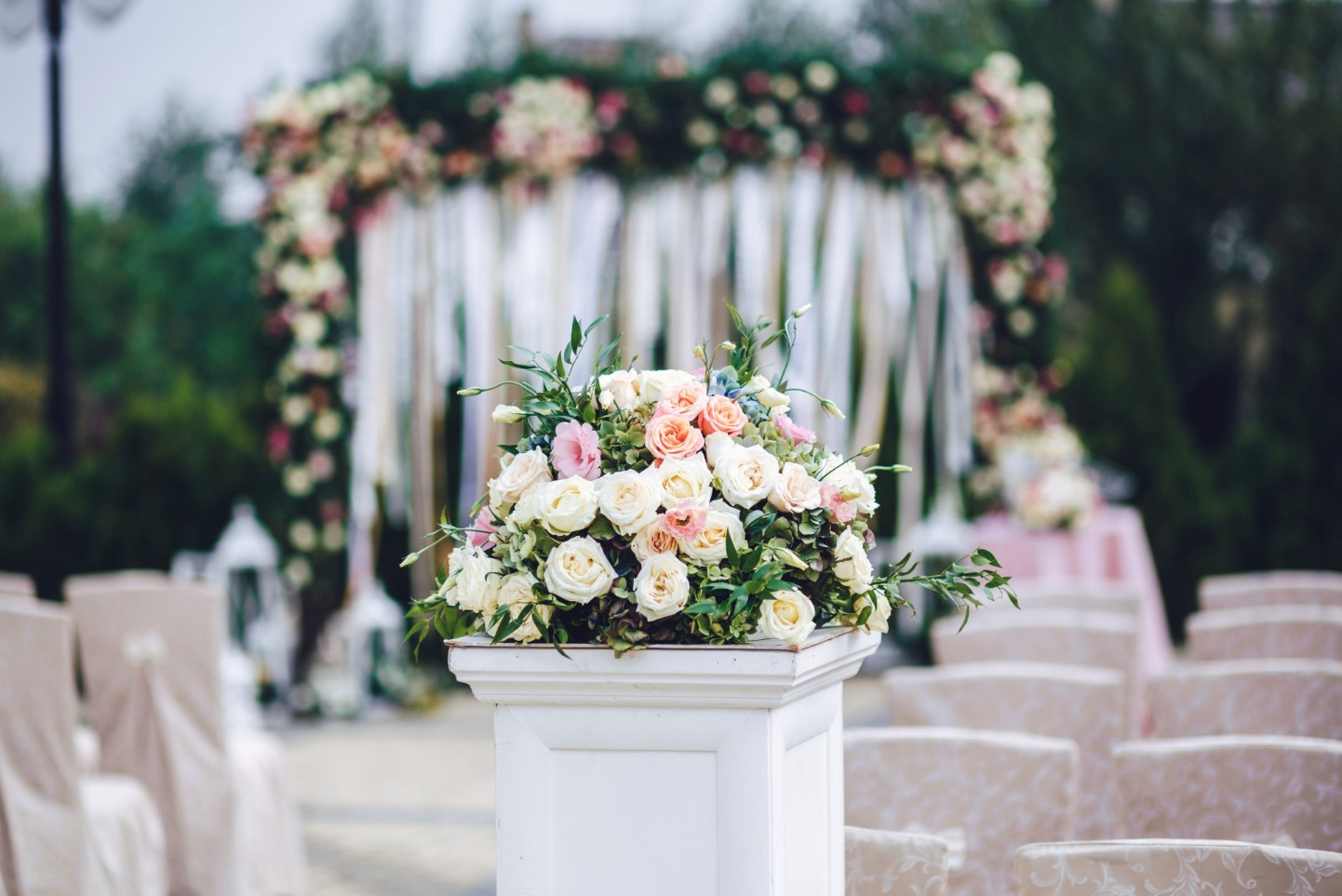In the kaleidoscopic world of culture and traditions, the phenomenon of migration often births fascinating tales of fusion. One such intriguing tale is that of the North Indian pandits in Pune. When these learned individuals embarked on their journey from the plains of the Ganges to the cultural heartland of Maharashtra, they brought with them more than just their personal belongings. They carried their culture, beliefs, traditions, and an innate ability to meld into the new environment, creating a fusion of cultures that was to redefine Pune’s cultural landscape.
The integration of these North Indian pandits into the fabric of Pune wasn’t merely a demographic change. It was akin to adding vibrant new threads to an already rich tapestry, enhancing its allure. Imagine an artist adding a splash of bright colors to a beautiful painting, intensifying its charm. That’s precisely what happened to Pune’s cultural scene.
This immigration sparked a fresh dialogue between North Indian and Maharashtrian cultures, each learning from the other, each blending with the other, to create a new culture, a fusion that reflected the best of both worlds. This confluence of cultures wasn’t confined to the four walls of their homes. It spilled over into the public sphere, making waves in music, food, and religious practices.
Isn’t this union of cultures a perfect example of the saying, “Variety is the spice of life”? In the next few sections, we will dive deeper into the details of this fusion, its impact, and how it continues to shape Pune’s socio-cultural milieu. Let’s get started, shall we?
Table of Contents
The Great Migration
The tale begins with the migration of North Indian pandits to Pune. Was it just an incidental relocation or did it carry a deeper cultural significance?
The Why and When
The pandits, primarily from Uttar Pradesh and Bihar, found themselves drawn to Pune in search of better opportunities. The yearning for a brighter future and the potential for growth in Pune led to their shift around the mid-20th century.
The Cultural Exchange
Their migration brought along a treasure trove of North Indian culture, notably its classical music, religious practices, and exquisite cuisine. It was the dawn of an unprecedented exchange of customs and traditions.
Impact on Pune’s Socio-Cultural Landscape
This immigration didn’t just add a new demographic; it reshaped Pune’s social and cultural identity.
The Musical Transformation
The North Indian pandits, known for their deep-rooted connection with classical music, ignited a musical revolution. The city that was once primarily a stronghold of Carnatic music found itself swaying to the melodies of Hindustani music. Doesn’t this fusion seem as delightful as a symphony with different instruments playing in harmony?
Food Fusion
If you’re a foodie, then brace yourself! The North Indian pandits brought along their rich cuisine, making a significant impact on Pune’s food scene. Imagine the pleasure of savoring a Puneri Misal Pav with a side of Lucknowi Kebabs. Isn’t that a delightful combination?
Spiritual Influence
The pandits, inherently spiritual, imbued their practices into Pune’s religious fabric. We saw a unique blend of North Indian and Maharashtrian religious traditions emerge, creating a dynamic spiritual landscape.
Fusion Festivals
Festivals are a mirror of culture, aren’t they? The pandits introduced North Indian festivals like Chhath Puja, creating a celebratory blend that became a cornerstone of Pune’s multicultural identity.
Celebrations with a Twist
The pandits retained their traditional celebrations while also adopting local festivals. This led to the creation of fusion festivals – an amalgamation of different customs and rituals.
The New Wave
This infusion of cultures has made waves in Pune, hasn’t it? But what has been the outcome?
Acceptance and Integration
Pune has warmly embraced the North Indian pandits and their culture, leading to harmonious coexistence. It’s like different ingredients coming together to make a delicious dish, isn’t it?
Cultural Diversity
This fusion has enriched Pune’s cultural diversity, making it a vibrant melting pot of traditions. Can you imagine the vibrancy of a city with such a broad cultural palette?
Conclusion
The North Indian pandits’ migration to Pune represents a fascinating tale of cultural fusion. This fusion has not just enriched Pune’s cultural landscape, but it has also created an example of peaceful coexistence and cultural harmony. The cultural waves made by the pandits continue to ripple, signifying the beauty of diversity and the power of unity in diversity.
FAQ
Why did the North Indian pandits migrate to Pune?
The pandits migrated to Pune in search of better opportunities and a brighter future.
How did the North Indian pandits influence Pune’s music scene?
The pandits introduced Hindustani music to Pune, creating a blend with the existing Carnatic music.
What impact did the pandits have on Pune’s cuisine?
They introduced North Indian cuisine, leading to a delightful fusion of food cultures.
How did the pandits influence Pune’s religious practices?
They blended their spiritual practices with local traditions, creating a dynamic religious landscape.
What is the significance of the pandits’ migration?
It symbolizes cultural fusion, diversity, and peaceful coexistence.










